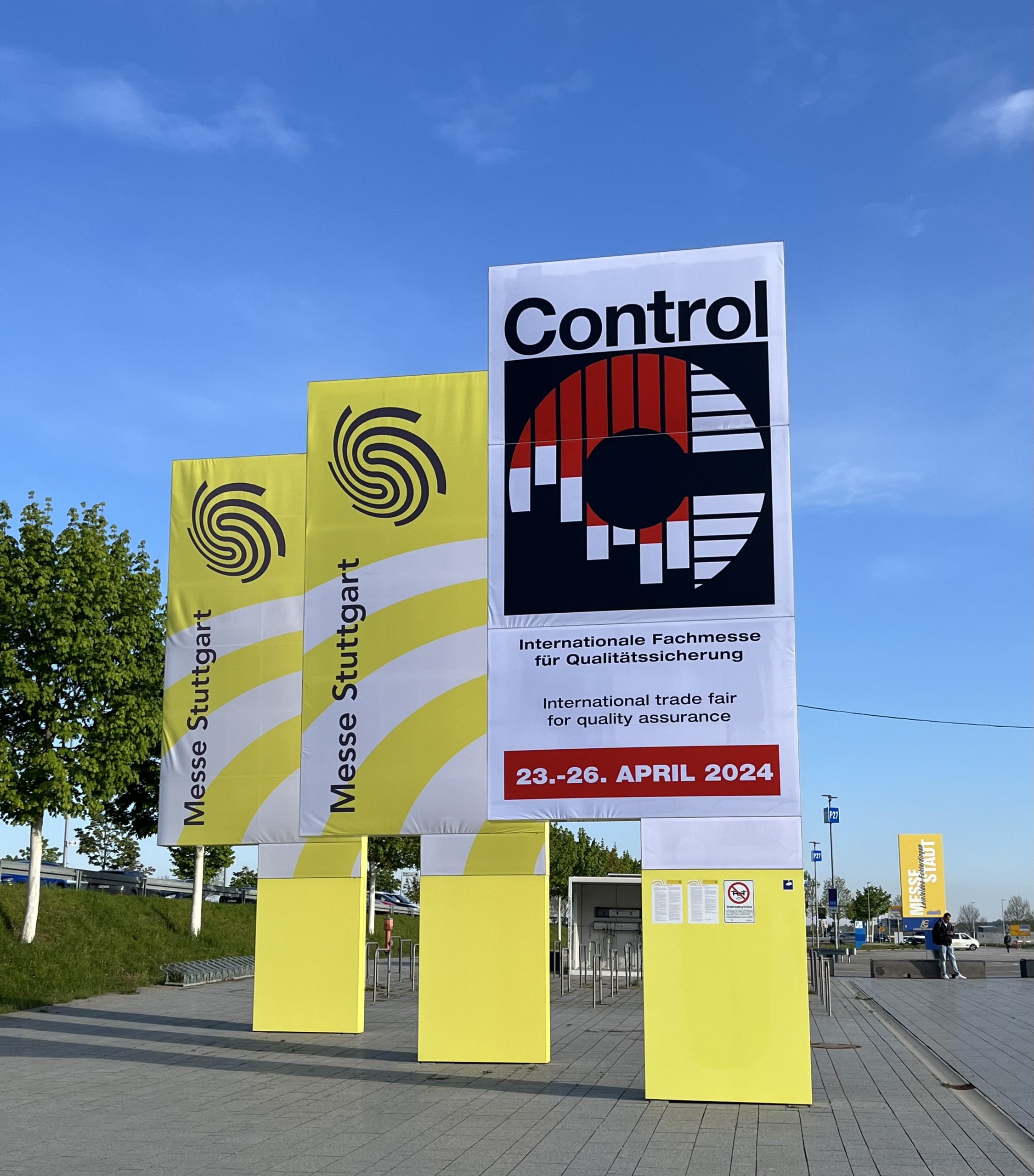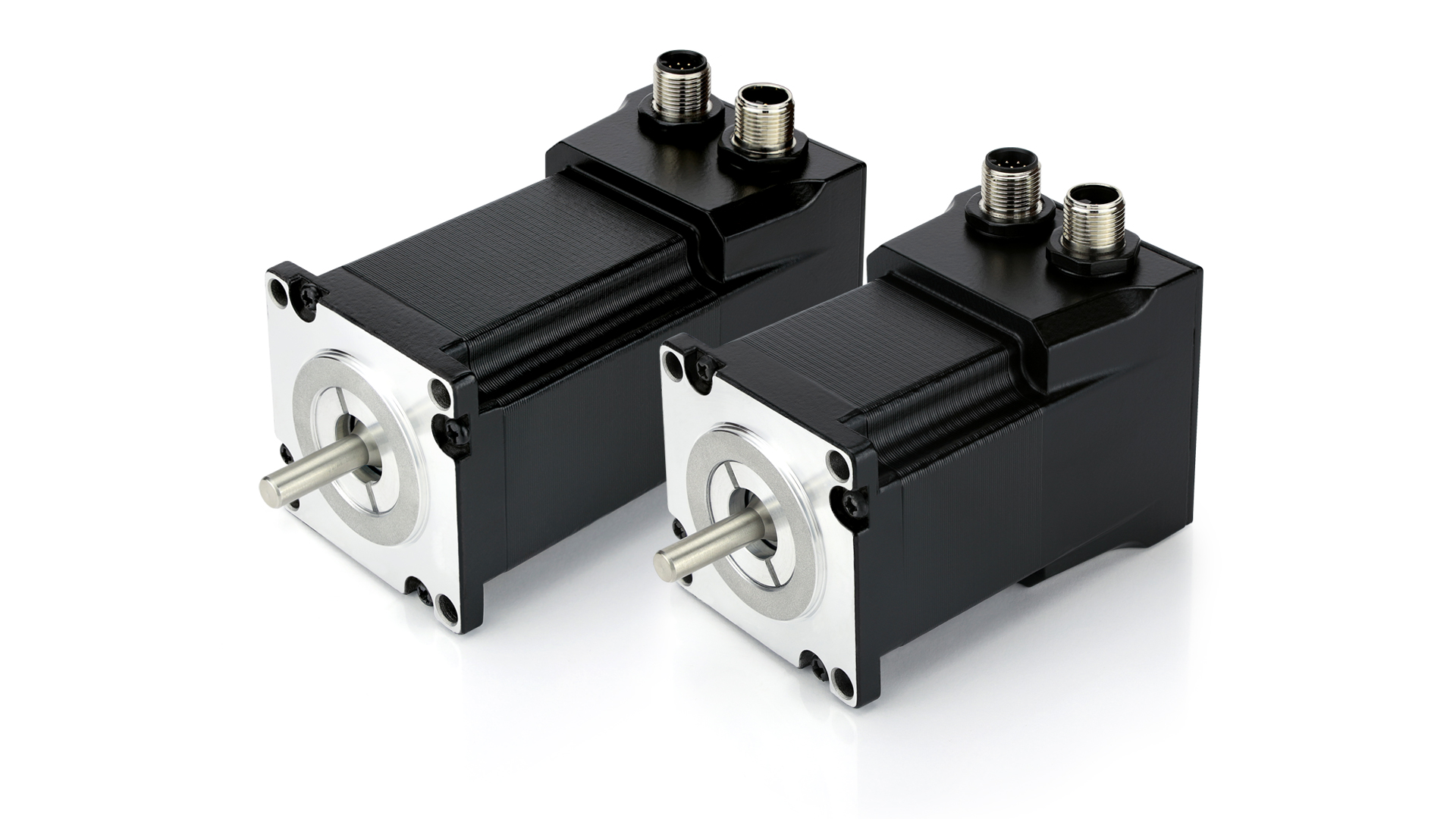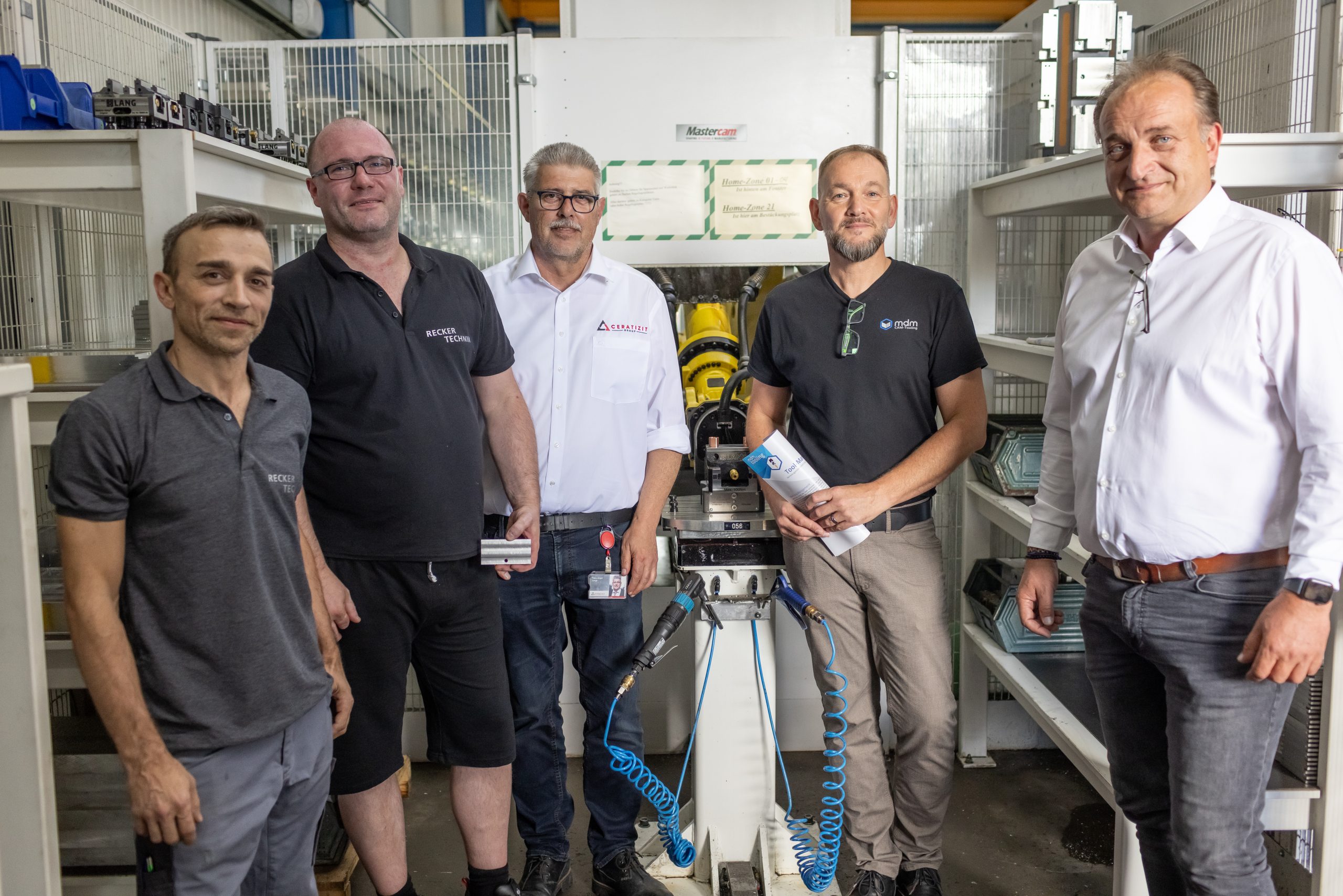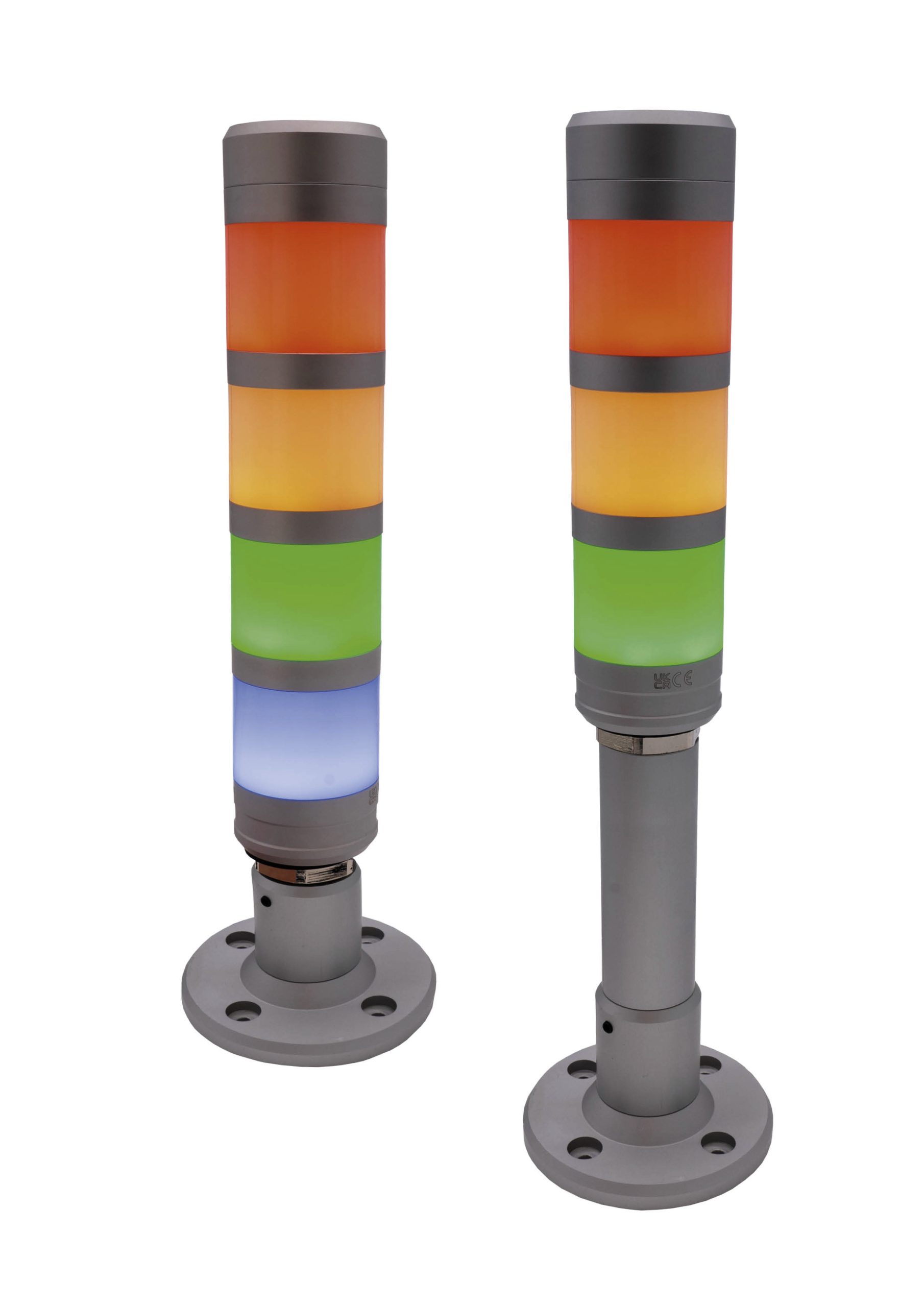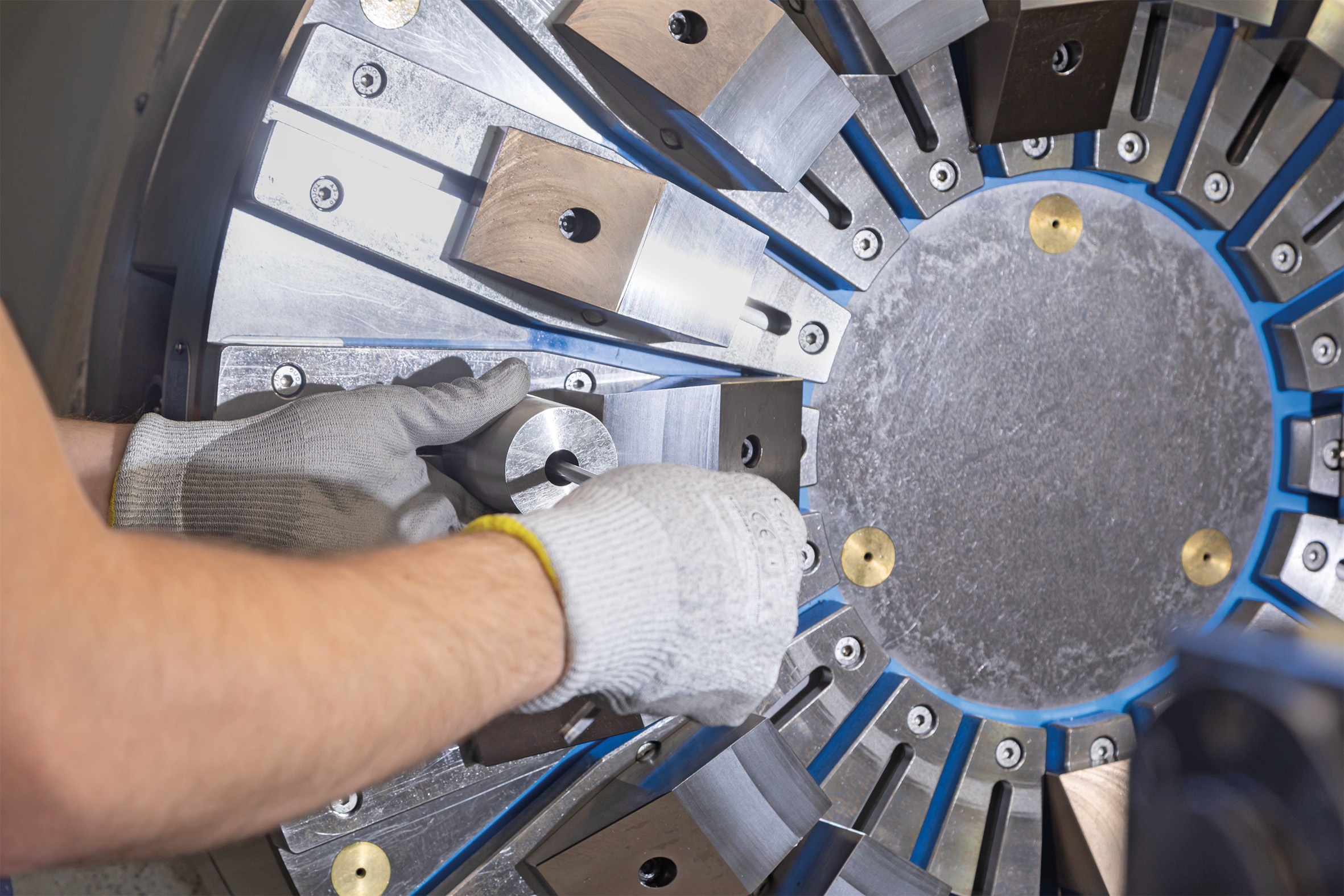In the letter, the reader referenced having read an earlier blog post of mine about remote terminal units (RTUs) and programmable logic controllers (PLCs) which lead him to ask for advice on this question: One of our consultants responsible for the design of a district (in Lusail) is considering the use of RTUs for car parks, road tunnels, water district metering, street lighting control feeder pillars, etc. However our project management company insists on using PLC panels. Practically, both work. What is the difference really, between the two, and which one should we use? He added that \“every district, building, utility tunnel, car park, pump station, electrical substation, etc. in Lusail will have its own individual control system. But all will be integrated into the Lusail Command Control Centre. However, there will be Scada stations for some locations such as car parks and utility tunnels.\“ To help answer his question, I reached out to several industry contacts that supply both RTUs and PLCs to get advice for such a big project. I received responses from ABB and Invensys. Mike Foley, director of Scada products for Invensys, said that since a small PLC and an RTU can both collect data from sensors, run logic, change outputs and send messages it make sense to focus on the differences to make the decision. Among the key differences he focused on were power requirements, communications and availability. (You can read the full article with all the details Foley provided at bit.ly Concentrating on the application issues affecting the decision, Hans Sjodahl, technical sales support manager for ABB Automation, said that RTUs are typically used for applications where special requirements must be addressed that a PLC cannot fulfill, such as data collection and minor control for wellheads in the desert or for electrical substations. He adds that using RTUs in an application like the Lusail project, engineers on the project should look to low-power devices, as solar power will likely be used, and these devices should have a compact design, be able to support a combination of several I/O types with few signals, and meet temp specs up to 70 degrees CJudging from Foley\’s and Sjodahl\’s comments, it\’s apparent that no clear cut answers exist for the RTU vs. PLC question. Steve Garbrecht, vice president of software marketing for Invensys sums up the predicament nicely: \“As far as one versus the other, it is hard to tell these days. It is a little bit of a religious subject with many users. Both RTUs and PLCs log data, have some control capability and can speak over networks. But RTUs are usually a little more purpose-built for harsh environments, and also for polling over geographic networks. They can also be used in low-power environments and might also have more specialized Scada protocols like DNP3. All that said, many facilities management specialists I speak with swear by PLCs, which are used extensively in water and wastewater Scada\“.Grabrecht adds that many PLCs are also less expensive than RTUs. As for the reader whose question sparked this whole discussion, he wrote me to say that, based on the advice he has gotten from Automation World and to his own research on the topic, he is suggesting the use of PLCs within the car parks, utility tunnel and pump stations in Lusail. However, he will recommend that RTUs be used in the road tunnels.
www.automationworld.com


